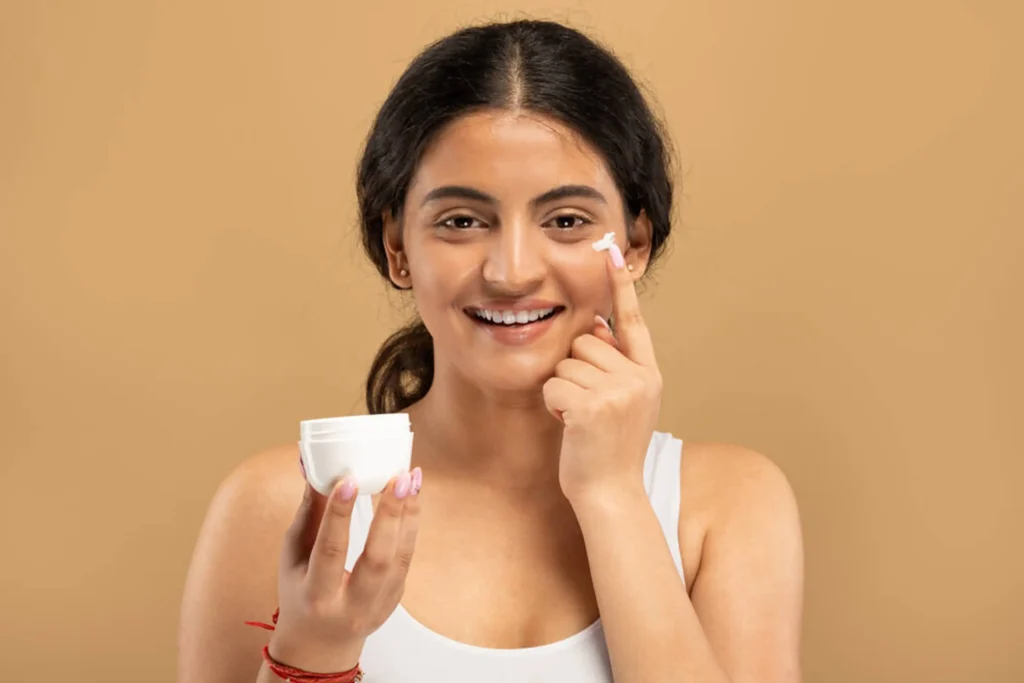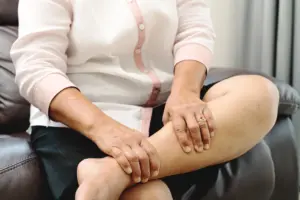
By Dr Viral Patel (Plastic surgeon, Surat)
We all want glowing, healthy skin. And most of us are doing something every day: washing, applying creams, maybe even layering serums, to get there. But here’s the question every dermatologist wishes more people would ask: “Is my skincare routine helping, or silently hurting, my skin?”
The truth is, even well-intentioned routines can backfire if they aren’t tailored to your skin type or if they’re overloaded with trends instead of science. Let’s break it down.
Step 1: Know Your Skin Type Before You Pick a Product
Your skin isn’t your friend’s, your favourite influencer’s, or even your sibling’s. It’s uniquely yours.
Oily skin? Look for gel-based, non-comedogenic products.
Dry skin? Opt for creamy, hydrating cleansers and thick moisturisers.
Combination skin? Use targeted care—lightweight for oily zones, richer for dry patches.
Sensitive skin? Avoid fragrances, alcohol, and harsh exfoliants.
Also Read | Summer skincare guide: Treating sunburn, sweat rashes & more
Purchasing popular products without understanding your skin type can result in blocked pores, acne, or even skin irritations.
Step 2: Are You Over-Cleansing?
Yes, there is such a thing as washing your face too often.
Over-cleansing strips away natural oils, leading to dryness, flakiness, or rebound oil production. Most people only need to cleanse twice daily, morning and night. If your skin feels tight or itchy after washing, your cleanser might be too harsh.
Step 3: Ingredient Overload = Skin Confusion
Using multiple actives like retinol, AHAs, vitamin C, and niacinamide at once may sound impressive, but it can damage your skin barrier if not layered properly.
Signs your skin is overwhelmed include redness, peeling, burning sensation and increased breakouts. A minimalist, consistent routine is often more effective than a 10-step regimen.
Step 4: DIY Remedies Are Not Always Safe
We see patients weekly with skin burns, pigmentation, or allergies from natural remedies like lemon juice, toothpaste, or turmeric pastes. Just because it’s “natural” doesn’t mean it’s gentle or safe for your skin.
If you’re trying DIY, always patch test and consult your dermatologist before regular use.
Step 5: Skipping Sunscreen = Skin Damage
You could be using the best products, but if you’re not using sunscreen every morning, it’s all a waste.
UV rays are the #1 cause of premature ageing, hyperpigmentation, and skin cancer. Choose a broad-spectrum SPF 30+, even on cloudy days or indoors if you’re near windows or screens.
Final Doctor’s Checklist: Is Your Routine Helping?
Ask yourself:
- Does my skin feel healthy, calm, and balanced?
- Am I using products made for my skin type?
- Am I protecting my skin from the sun daily?
- Have I seen improvements over weeks, not just days?
If the answer is no to most, it might be time to simplify or consult a skincare expert.
Also Read | TikTok skincare trends may be harming young girls, study warns
Your skin is a living organ. It doesn’t need trends—it needs consistency, balance, and care rooted in science. A well-planned skincare routine can be your skin’s best friend. But the wrong one? It can quietly become its worst enemy.
Not sure if your routine is right for you? Talk to a board-certified dermatologist before making major changes. Personalised skincare always wins over guesswork.
Disclaimer: This article is for educational purposes only and does not replace professional medical advice. For any persistent skin concern, consult your doctor or dermatologist.








